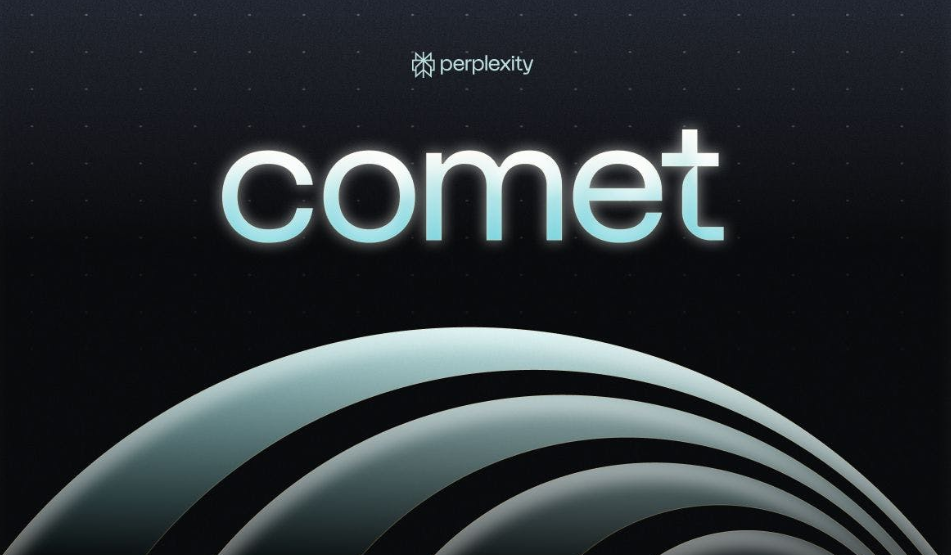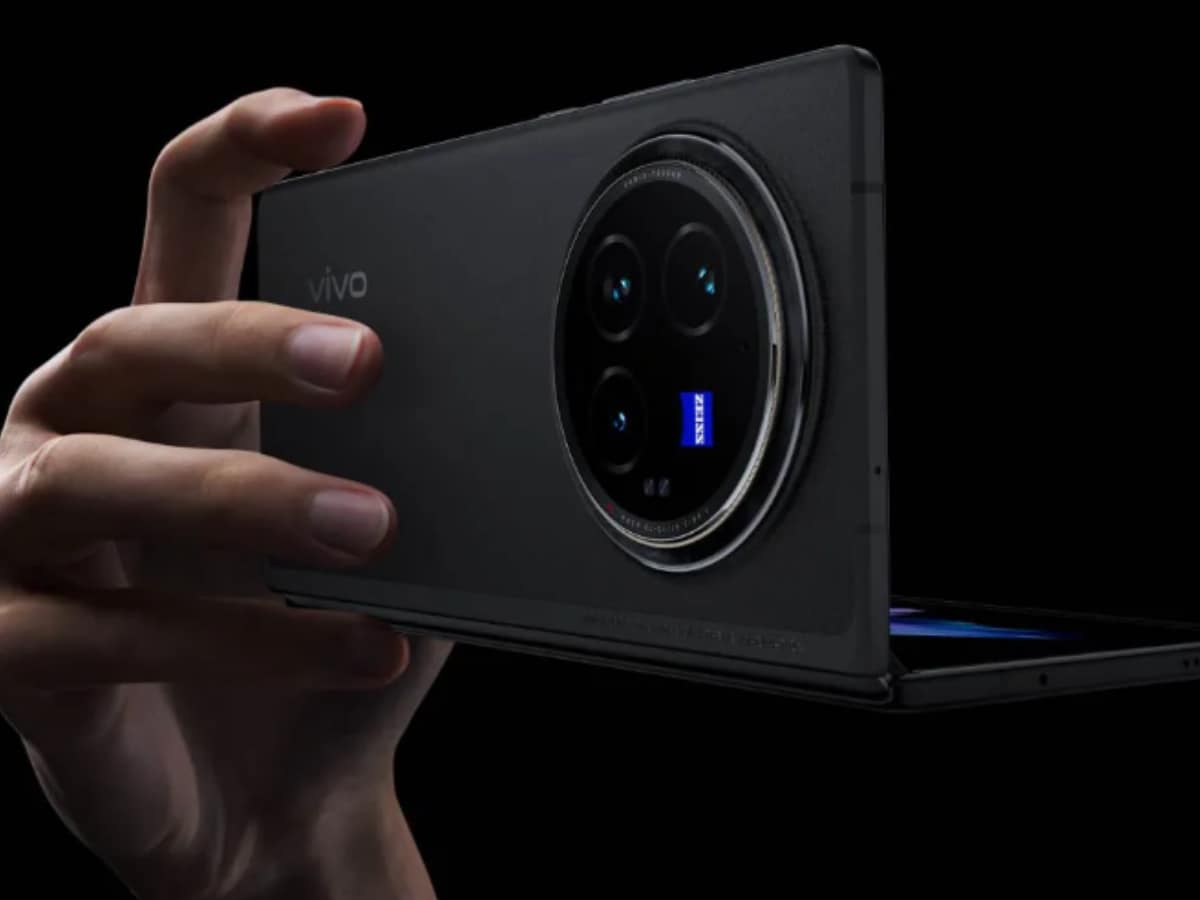JABRA, branch Del Danés Gn Store Nord Con Group 156 years of telecommunications careerconsolidates its position in business audiovisual solutions with the launch of the PANACT 40 VBS. This device, presented in ISE 2025, represents the evolution of a strategy initiated in 2019 with the acquisition of Altia Systems, a videoconference technology specialist.
Inheritance in Audiovisual Innovation
Founded in 1983 as NORCOM Electronics and acquired by GN Group in 2000, Jabra has developed for two decades audio solutions for professional environments. His transition to videobye. The last evolution of this product is Materialize in the PANACET 40 VBS, designed for rooms of 4-8 people where 97% lack adequate equipment according to the internal soap study.
Dual optical system with NVIDIA processing
The device uses two 13 MP cameras with Sony Starvis 2 sensors, achieving an effective visual field of 181?through technique of stitching Digital joining different images. The powerful Nvidia Jetson Orin NX processor executes geometric correction algorithms in real time with a latency less than 2ms, thus eliminating edges at edges.
On the other hand, the sound also enjoys an advanced treatment: The MEMS microphones matrix of 6 elements It operates in broadband (80 Hz -16 kHz), with sensitivity of -38 dbv/pa. The MVDR adaptive beamforming system (Minimum Variance Distortationless Response) allows 42 dB noise cancellation by means.
Integration with collaborative ecosystems
This technical deployment would not have practical advantages if it did not adapt to existing videoconferences standards. Thus the Pancast 40 VBS has a certificate for Microsoft Teams Rooms V4.1 and for Zoom Rooms V5.3. The device supports:
-
Automatic configuration via DHCPV6 and FID2 authentication
-
Synchronization with Exchange/Google Workspace calendars
-
Permanent byod mode with biometric authentication.
Interoperability tests show 112 ms latencies in multipant mode, also complying with the G.114 UIT standard for videoconference.

Contextual transcription motor
The AI revolution has also reached this new soap product for facilitate the development of meetings through improved automatic transcripts. The neuralgic coprocessor executes Whisper V3 models optimized for business jargon, reaching 97% of Spanish precision with support for 12 dialects. The system generates temporary metadata that link audio segments with:
-
Vocal footprints for speakers identification
-
Emotional markers (tone, speed, emphasis)
-
Extraction of key terms using weighted TF-IDF.
-
Post-reaunion flow automation
But it also allows automation once the meetings are completed. The API Restful Jabra AI SDK allows integration with management systems through endpoints for:
-
Automatic generation of structured acts
-
Detection of pending agreements and tasks
-
Export to platforms such as Gira or Microsoft Planner
EXPRESS INSTALLATION MODEL INSTALL
Despite the power of this product, the installation has been designed to be extremely simple and fast. The device Complies the Microsoft Express standard For small rooms:
-
Configuration time <90 seconds
-
Simplified wiring connection (only one USB-C connection and another HDMI)
-
Fota updates (Over-The-Air firmware) with programmable windows to keep the device permanently updated without technical intervention.
Sustainable design
Another of the outstanding features of this product is care to achieve a product with a high level of sustainability. This is achieved through the Ecocycle 2.0 Jabra program that guarantees:
-
92% recyclable components (Certification UL 2799)
-
Carbon footprint of 18.7 kg CO2EQ per unit
-
In-Situ update kits for useful life extension
Impact on organizational productivity
Field studies carried out in twelve organizations from various sectors by Jabra with this system reveal quantifiable effects on collaborative processes optimization. The 63% reduction in technical incidents Contrast with conventional systems, mainly attributable to Android Enterprise architecture that simplifies centralized management by EMM consoles (Enterprise Mobility Management).
The 41% decrease in the average duration of meetings It correlates with the operational efficiency of the automatic transcription system, which eliminates dead times by repetition of information. The 27% increase in use of underutilized spaces derives directly from the ability to transform common areas into collaborative hubs through the Sub-90 second Express installation.
The total property analysis (TCO) analysis considers variables such as L78% reduction in remote technical support and native integration with existing IT infrastructure, projecting return periods below 18 months for scalable deployments greater than 50 equipped rooms. These indicators position the device as a catalyst for the transition to Workspace-A-A-Service models in medium-sized companies (1) (1).
Perspectives of Technological Evolution
The technical roadmap for the future of PANACT 40 VBS anticipates IAdvanced NTOGRATIONS WITH SPACl. Azure Digital Twins compatibility will allow 3D modeling of real -time rooms through built -in Lidar data flows, facilitating ergonomic analysis and optimization of collaborative layouts. The next generation of environmental sensors will include modules for continuous CO measurement? (Range 400-5000 ppm), temperature (± 0.5 ° C precision) and relative humidity (1-99% RH), critical parameters according to the Well Building V2 standard.
The experimental support for webxr API will open routes TOWARDS INCREASED REALITY EXPERIENCESallowing holographic overlap of videoconferences content by compatible AR/VR devices. These technological evolutions are based on the continuous update of the neuralgic coprocessor, whose Roadmap includes specific language models for automatic executive synthesis (Executive Summary V1.2) and predictive detection of conflicts by advanced semantic analysis.
This device represents a turning point in technological democratization for SMEs and other companies with reduced meeting spaces, combining business capacities with operational simplicity. Also favoring hybrid work by facilitating the collaboration of employees in the office with others in teleworking mode. Its open architecture positions Jabra as a key actor in the transition to intelligent and adaptive work environments











